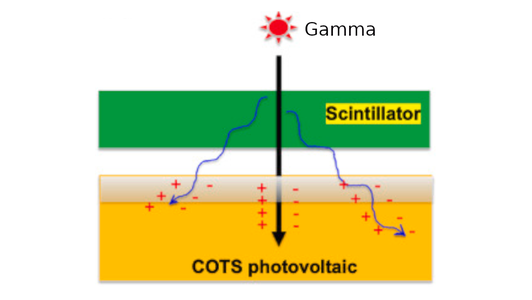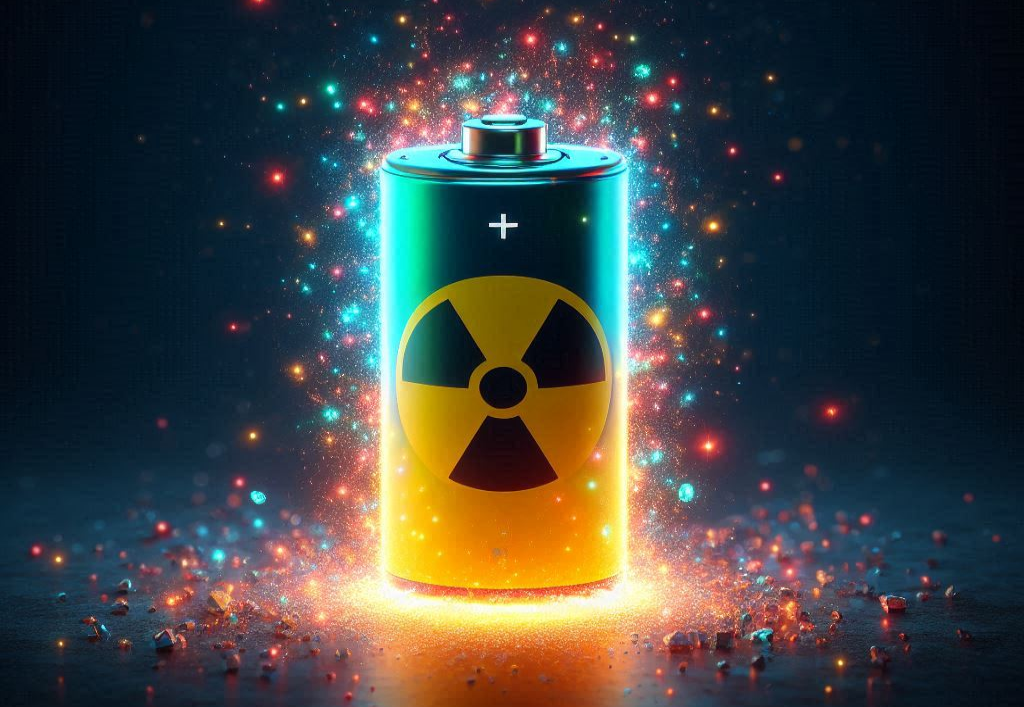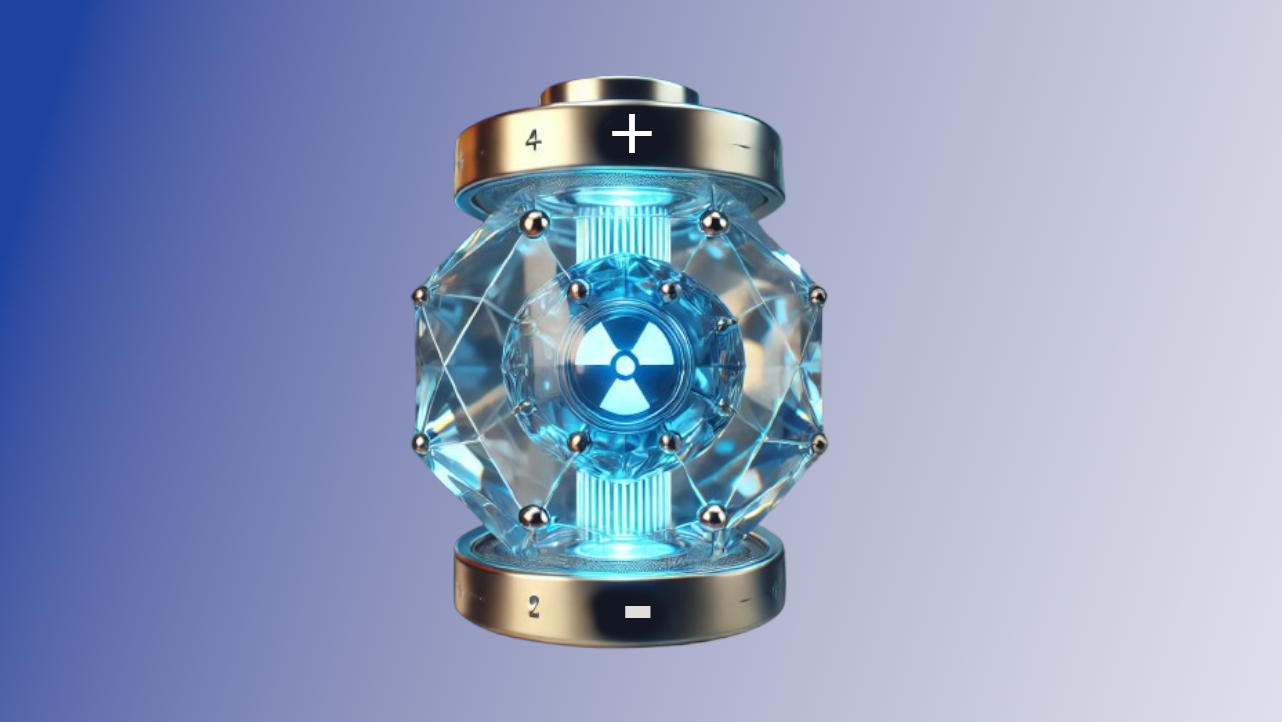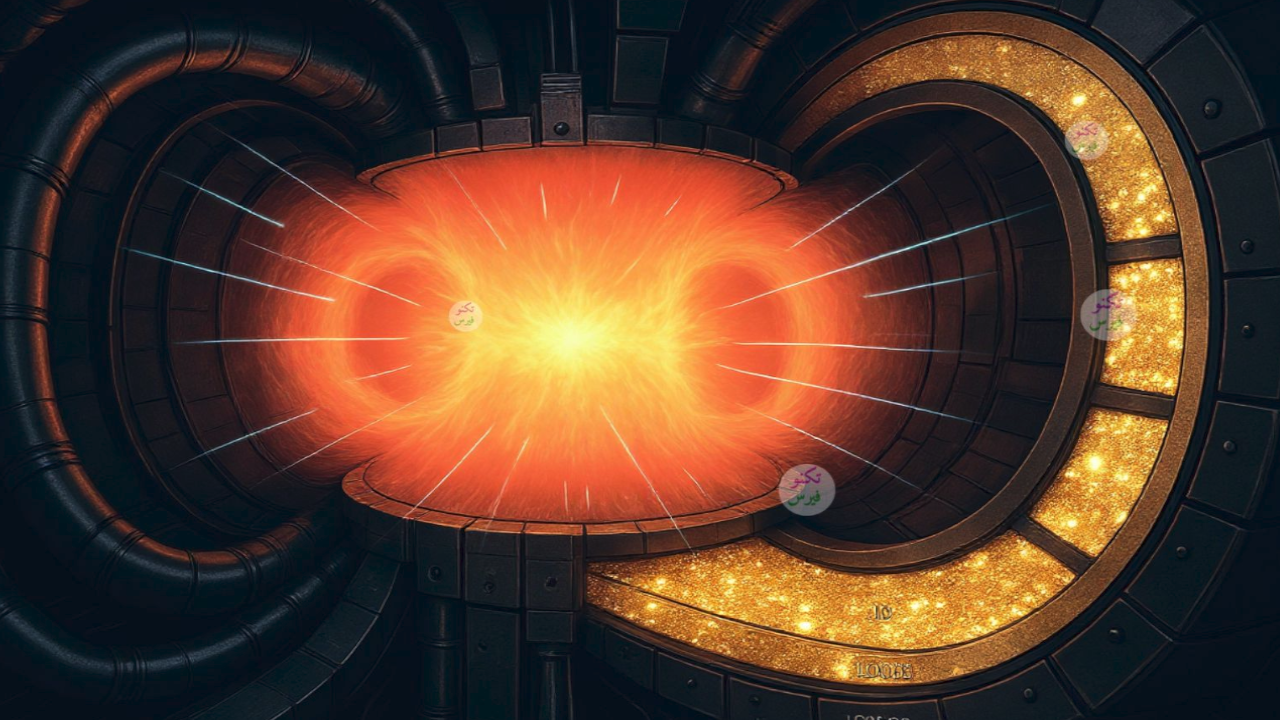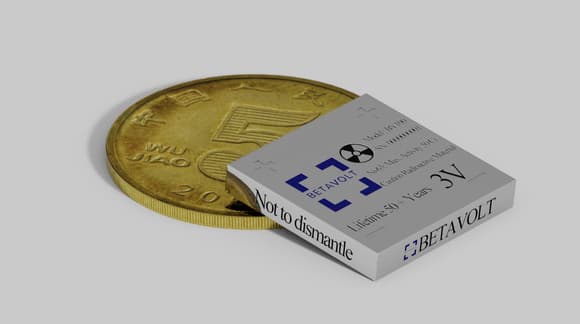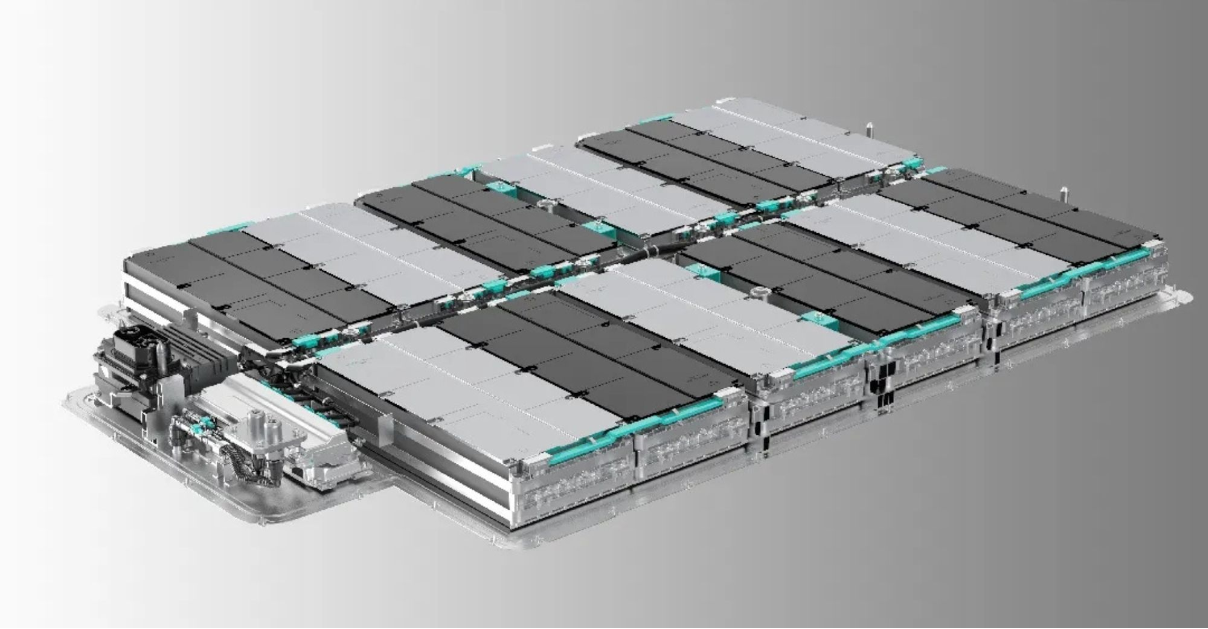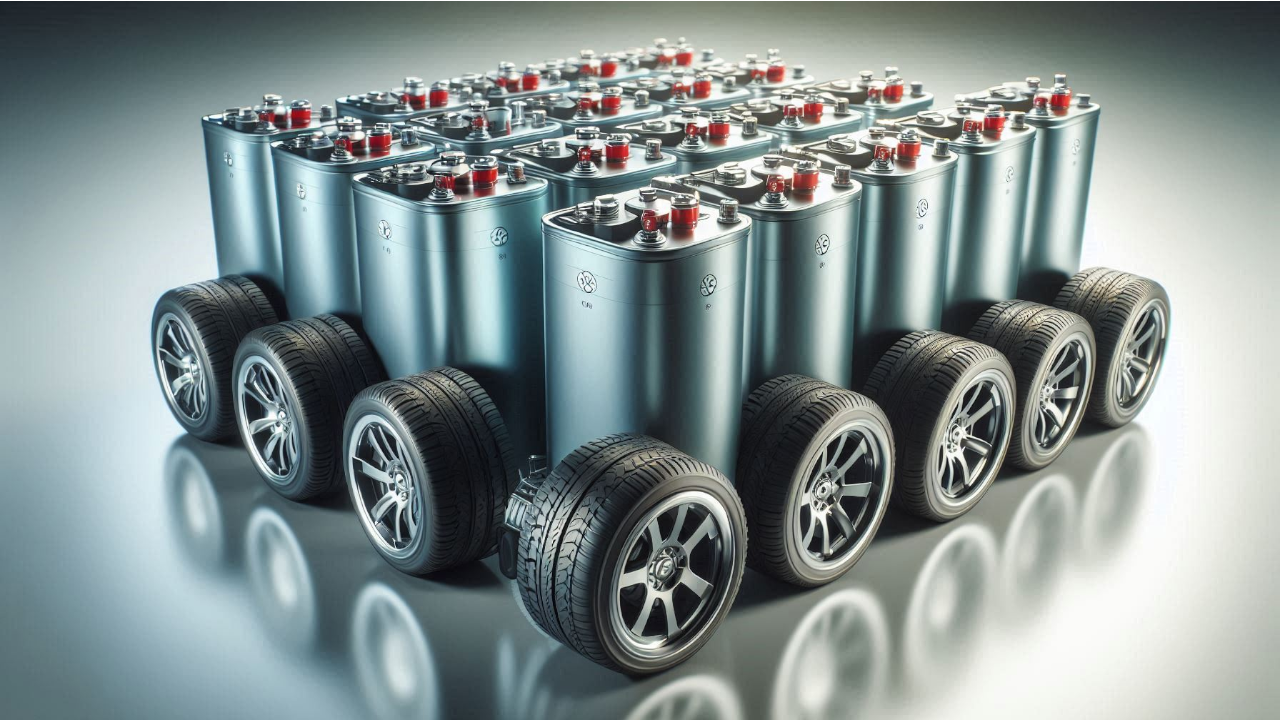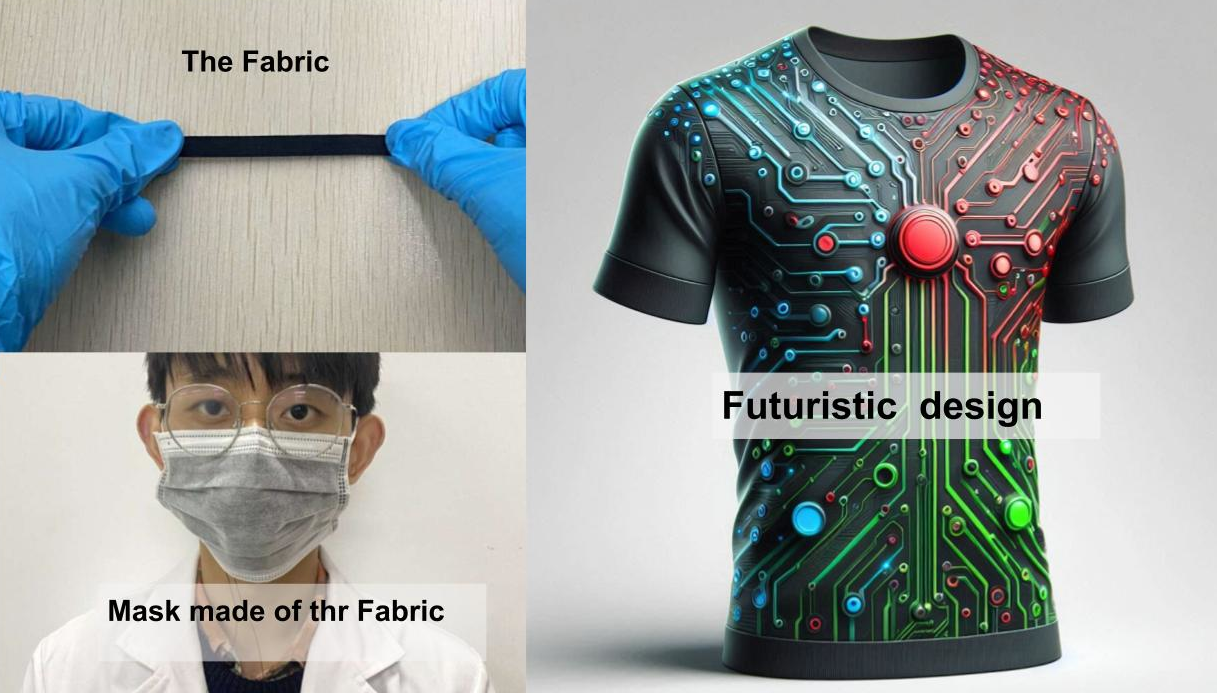Researchers at Ohio State University have achieved a significant breakthrough in converting nuclear waste into electrical energy. This was accomplished by developing a prototype battery that absorbs harmful radiation emitted from nuclear waste, transforms it into light, and then converts that light into electricity. This technology opens new avenues for repurposing hazardous radioactive materials as a sustainable energy source.
The battery relies on scintillator crystals, which possess a unique property: they emit light when exposed to gamma rays released by radioactive materials. This light is subsequently converted into electricity using a thin layer of photovoltaic (solar) cells surrounding the crystal, similar to those used in conventional solar panels.
The researchers designed a small prototype, approximately 4 cubic centimeters in size, employing thin-film cadmium telluride (CdTe) photovoltaic cells with a gold back contact and an indium front contact. Two types of scintillator crystals were used: gadolinium aluminum gallium garnet (GAGG) and lutetium yttrium oxyorthosilicate (LYSO).
Tests showed that the GAGG scintillator crystal was more effective. The battery produced 288 nanowatts when using cesium-137 as the radiation source and 1.5 microwatts when using cobalt-60. While these small amounts of energy may only be sufficient to power delicate sensors, larger models are expected to produce significantly more power.
The battery, as a device, does not contain radioactive materials, making it safe to handle. However, it is not designed for public use but rather for applications in high-radiation environments, such as nuclear waste storage sites, deep-sea exploration, and space missions.
Although further research is still needed to evaluate the long-term effectiveness and stability of this technology, it paves the way for utilizing nuclear waste in electricity generation. Its design allows for scalability to produce larger amounts of energy.
